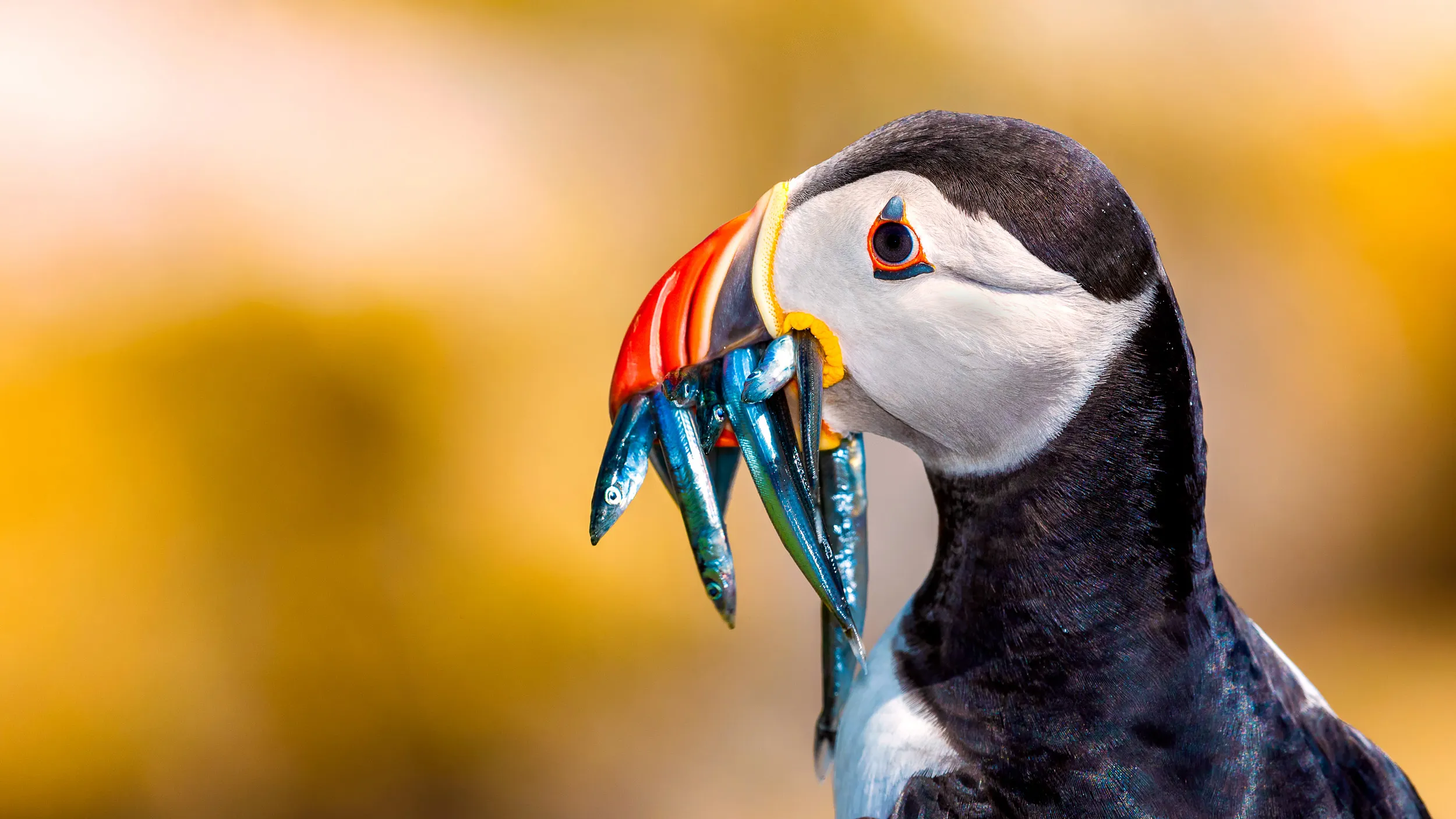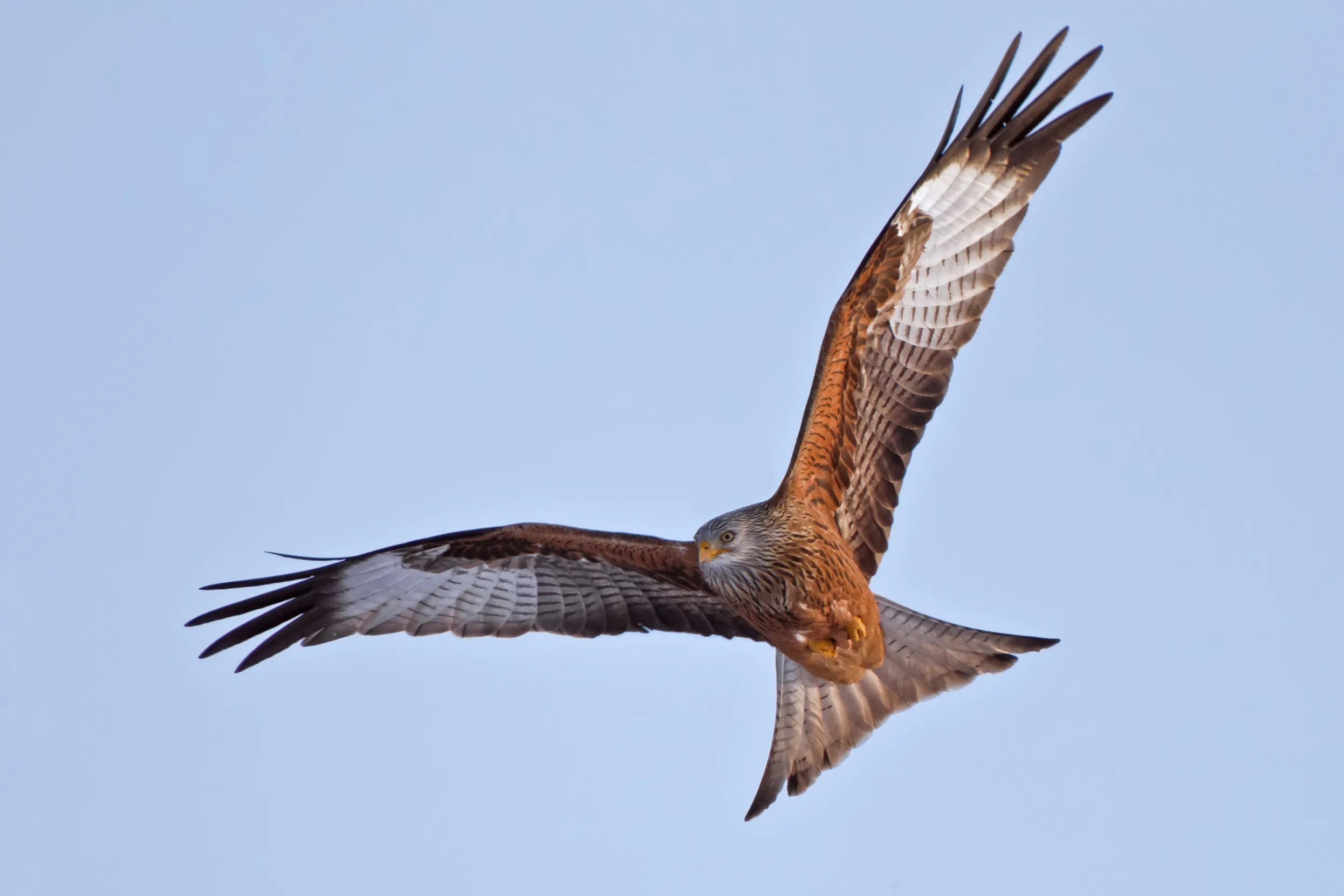News
Celebrate National Tree Week with a look at three remarkable woodland birds
Meet the UK’s mightiest finch, our smallest woodpecker and a beak-snapping flycatcher.
The RSPB Saving Nature in 2022 report is out, giving you the lowdown on some of the progress that we’ve achieved for species conservation in 2022 in the UK and around the world. Here’s a snapshot of what the report is about and a quick look at some of the work we’ve been doing with partners to help threatened species.

Helping threatened species has always been at the heart of the RSPB’s work. Bitterns, Cirl Buntings, Red Kites, Stone-curlews and White-tailed Eagles are just some of the species which have benefitted from dedicated long-term conservation work by the RSPB and partners.
The RSPB Saving Nature report will be released on an annual basis to highlight some of the progress we’ve achieved for threatened species here in the UK and around the world, so watch out for future editions.

Species like the Red Kite have benefitted from long-term species conservation work – the species is now becoming a familiar sight once again.
We want to support as many species as possible with the resources we have. To make sure we make the biggest difference for nature we use a set of criteria to choose our priority species.
These include factors like:
Many of our priority species are birds, but not all. We help other wildlife, including plants, mammals, reptiles, amphibians and invertebrates.
Our conservation work is underpinned by science which helps us understand when a species is in trouble, why it is in trouble, how we can help it and if that help is working.


Spiky Yellow Woodlouse is just one of the many unique species to benefit from cloud forest restoration work on the UK Overseas Territory of St Helena.
We know that recovering populations of threatened species can take decades and it is only with continued long-term funding and support that we can do this. This is only possible thanks to our supporters, volunteers, partners, and funders. Thank you.
To dig deeper into the stories above, find out about other projects to save threatened species and discover how you can get involved, read the full RSPB Saving Nature in 2022 report.